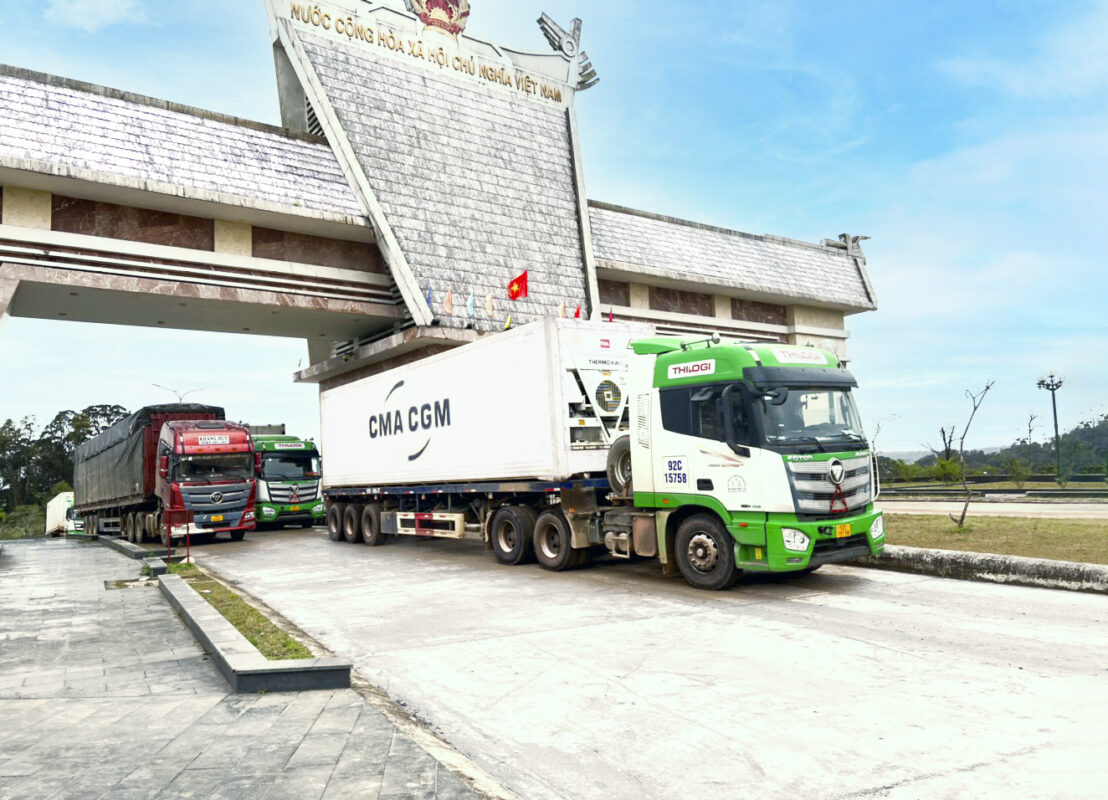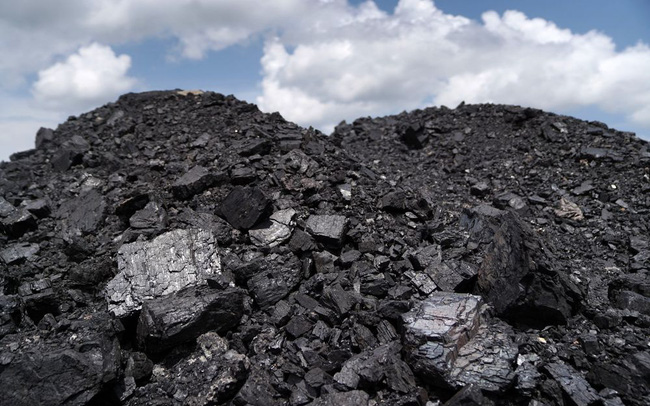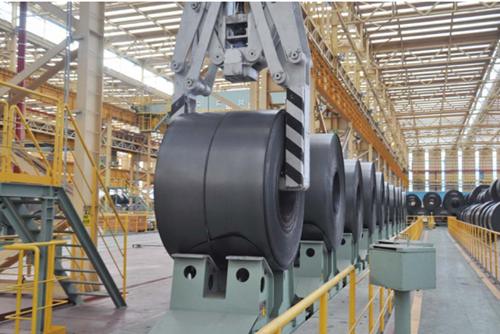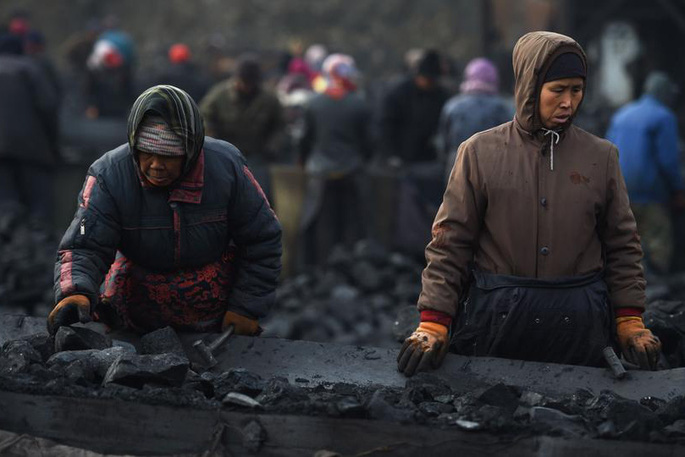If Omicron enters the supply chain, Asia’s gross domestic product is likely to fall 1.6 percentage points in 2022.
Since the beginning of 2021, companies and ports have been battling a global supply chain crisis. At a time when the crisis seemed to have stabilized, the world faced another blow: the Omicron variant.
Per Hong, senior partner at consulting firm Kearney, says Omicron is “another test of resilience” for already stressed supply chains. “Supply chains remain vulnerable to pandemic-related disruptions,” said Sian Fenner, Asia economist at Oxford Economics. The Omicron variant reminds one that the crisis is not over yet. “.
The world first learned of the Omicron variant last weekend. The WHO called this a “worrying variant”, adding that it was highly infectious and had the potential to become a “global risk”. The new variant has appeared in the UK, France, Israel, Belgium, the Netherlands, Germany, Italy, Australia, Canada, Hong Kong and most recently the US.
There are no reports of the Omicron variant appearing in China. “China will tighten its zero-Covid policy, including mass closure of cities, enforcement of quarantine, strict inspection at ports including monitoring of ships and cargo to prevent the new variant.” Per Hong said.
“If this happens, not only will shipping be restricted, but we will certainly see more shortages of critical materials and components and a prolonged backlog of products. electronics, automotive and core consumer products, depending on the region under lockdown”.
The world’s busiest ports are all located in China. Of the 10 busiest ports, seven are in China, according to the World Shipping Council. Shanghai ranked first, Ning Ba – Shoushan ranked 3rd and Shenzhen ranked 4th.
Supply chains around the world have been disrupted this year, from container shortages to floods and covid-19 infections that have forced ports to close. The energy crisis in China and Europe recently made the situation even more serious.
According to Fenner of Oxford Economics, when restrictions are eased in Asia, workers can return to work in factories in September. “Even as more products are made online, the transportation challenge remains present. property, especially the aviation industry. That’s not to mention the delay of the previous backlog of delivery trains.”
Globally, less than half of ships arrive at port on time in 2021. Shipments have consistently been a week behind their delivery time, compared with four days in 2018 and 2019, according to Oxford Economics.
Vietnam – a key exporter in Asia – is boosting exports after the recent Covid wave. The pandemic has caused many Southeast Asian countries to close factories. If the Omicron variant enters, it could pose a major threat to export recovery in the region, according to analysts from TS Lombard.
“Most governments in the region will limit the imposition of curfews but the bottom line is that supply chains will remain under pressure while the threat posed by Covid persists,” they said. According to Oxford Economics, if Omicron enters the supply chain, Asia’s gross domestic product is likely to fall 1.6 percentage points next year.
T&G International Joint Stock Company
Address: 352 Hue Street, Le Dai Hanh Ward, Hai Ba Trung District, Hanoi
Hotline: 0345786803
Email: hrm@tginterjsc.com
Website: http://tginternationaljsc.com




















